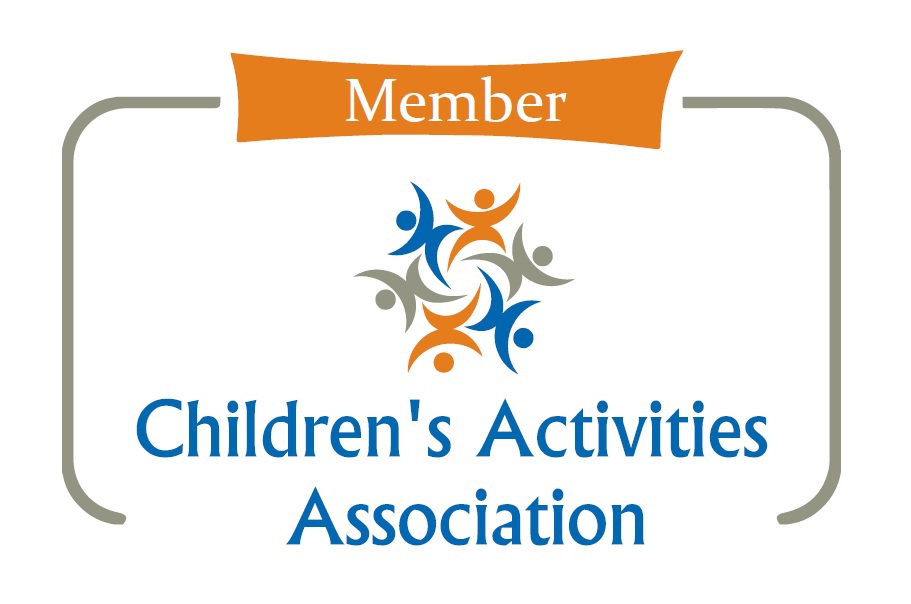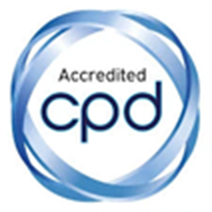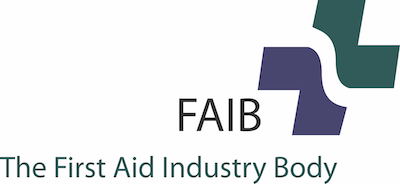This week we hear from our Head of PR, Jacky Burton:
Accidents will happen. In fact, accidents are statistically the biggest cause of injuries in children. This is what I tell myself when I relive (in my head) the awful fall my 6 year old boy had onto his neck last month, when he fell backwards off a high climbing frame. He was VERY lucky and suffered ‘only’ a broken clavicle (collarbone). Extremely painful but quick to heal. Whilst in hospital, our consultant told us how busy they are in hospital with ‘breaks’ at this time of year when children are outdoors playing.
So we thought it would be useful for you to hear more about ‘breaks’ from two medical experts: Jo Shaw (Children’s Nurse Specialist) and Chris Munson (Plastic Surgeon).
What is the difference between a fracture and a break?
There is no difference. A fracture is the clinical term used for a break in the bone.
What are the most common types of fracture?
· Distal radius (forearm)
· Greenstick (incomplete or partial break)
· Salter Harris (involves the growth plate)
· Supracondylar (involves the elbow)
What are the most common reasons?
Traumatic injury for a host of different reasons, including sports, falls, traffic accidents, trampolines and bouncy castles.
What are the signs to look for?
Swelling or tenderness
· Bruising
· Limited movement of limb
· An odd looking shape to the limb
· Your child is unable to bear weight
· A snap or grating noise at the time of injury
· Tingling or numbness
What should you do if you think your child might have broken a bone?
· Apply ice to any swelling.
· Support the arm (if injured) with a sling if available but avoid moving the limb too much.
· Seek early medical advice from A&E or a Minor Injuries Unit. Breaks can be realigned / managed easily in the initial period, but have started to heal by 2 weeks, so fixing them becomes more problematic. The vast majority of paediatric fractures of any bone can be managed without an operation, but that decision needs to be made by professionals.
· Decide if you can get to hospital by car or if you are unable to move your child and he/she is in a lot of pain, you may need to call an ambulance.
Any other advice?
Remember that accidents do happen. We need to be careful, but kids are kids!
Thank you Jo and Chris. I’m hoping that we won’t have too many more of these kinds of accidents!






